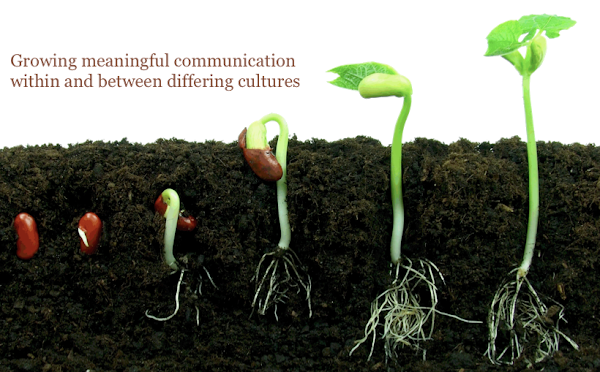
If you are in the Portland, Oregon area, please join us
for a “Peru Report”
on the Seminar in Creating Understanding that was held in Lima, Peru
Saturday, June 5 2010 2pm – 5 pm
WorldView Center
6012 SE Yamhill St
Portland OR 97215
WorldView Center
6012 SE Yamhill St
Portland OR 97215
What language should we use today?
There is more to that question than meets the eye! Language is not only the sounds that we pronounce – communication includes spoken words, of course, but it includes so much more. In fact, we have a saying in the Institute for International Christian Communication that there are twelve languages to learn as you enter a new culture.
There is more to that question than meets the eye! Language is not only the sounds that we pronounce – communication includes spoken words, of course, but it includes so much more. In fact, we have a saying in the Institute for International Christian Communication that there are twelve languages to learn as you enter a new culture.
So my question is not whether we should speak in Spanish or in English. . . . or Russian, Portuguese, or Mandarin. We also have to “speak” the languages of numbers, pictures, items/things, sounds (alarms and tones of voice, for instance). We need to include “body language” and the use of color, touch, space, time, foods, and odors. There are two important things to know about these 12 languages:
1) They vary from one culture to another. A smile, for example, does NOT mean friendship to everyone. In my country, it means friendship. In other places it can mean silliness or even insincerity. It is not that those cultures do not have ways to communicate friendliness; but smiles are not the way to get that idea across.
2) God can and does use all of the 12 languages to communicate with us, and we can and should use all 12 languages to communicate His Message with others.
So, as I asked before, what language should we use today?
And the answer – whether we realize it or not, is that we will use all of them. If we are in our own home culture, we will probably communicate just fine with all 12 of those languages. If we are in an unfamiliar culture, we probably need to specifically learn to use those 12 languages. That is part of the training that we provide in the Seminar in Creating Understanding.
It has been a little over a month since I got back from Peru and we want to tell the story of what God did during those 8 incredible weeks. How should we tell that story?
We could just use words – a purely verbal report of some kind.
We could just use written reports – I’ve tried to keep the blogs interesting, but we all know that long written reports are not the best way to capture our attention and interest.
We want to use many of the languages that are a part of Peru. So let me invite you to celebrate all God is doing in Peru and through the ministry of Peruvian missionaries. We will blend many cultural languages to tell a story that is definitely worth hearing!
If you are in the Portland, Oregon area,
Please join us: Saturday, June 5 2010 2pm – 5 pm
WorldView Center
6012 SE Yamhill St
Portland OR 97215
Please join us: Saturday, June 5 2010 2pm – 5 pm
WorldView Center
6012 SE Yamhill St
Portland OR 97215





